The Benefits of Choosing Flutter for Your Mobile App Development Project
8 Nov 23 


Our smartphones and mobile apps are the center of our lives. This shows an increasing need for innovation and technological advancements in mobile app development project.
There are currently over six billion smartphone subscribers globally. It is also possible to access about five million mobile applications from the Google Play Store and the Apple App Store.
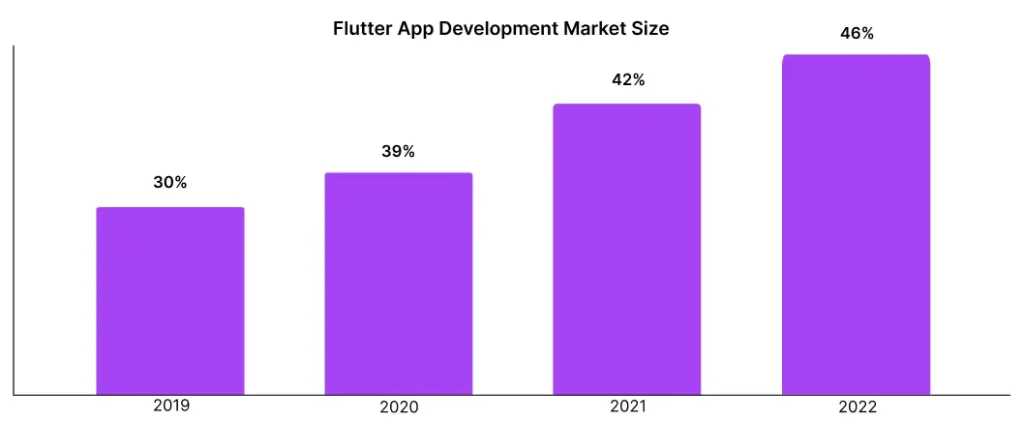
Even if the market for mobile application development is becoming steadily saturated, the rivalry among companies appears daunting. Hence, choosing the right mobile app development company is essential.
In today’s environment of rapid digital transformation, developing flexible applications that can launch swiftly and successfully is critical.
Many businesses and startups seek effective ways to distribute their services at a reasonable price. As a result, the tools they use such as software development kits and programming languages have a crucial impact on how rapidly they can connect with their target demographic.
There are several economic and technical obstacles associated with developing multi-platform apps. Thus, it’s critical to choose a framework that makes it easier to create applications for several platforms from a single, cohesive codebase.
The solution to this puzzle is cross-platform app development with Flutter. It is a dynamic technology that expands the consumer base, synchronizes distribution plans, and speeds up product development.
Flutter Statistics
Google released Flutter, an open-source UI software development kit (SDK), to assist programmers in creating cross-platform, high-performance desktop, mobile, and online applications. The rendering engine, framework, and numerous resources and elements are all part of its purposeful design to simplify team development. One significant benefit of Flutter, and the reason some developers choose it, is that it has its rendering engine.
- In terms of cross-platform development, Flutter is a strong competitor to React Native, with a prevalence of 12.64%, based on the Stackoverflow 2022 survey on app development platforms and tools.
- Furthermore, according to a StackOverflow study, 68.03% of participants adore Flutter, and 13.52% plan to employ it for their future cross-platform app development.
- Research indicates that by 2021, the Dart Package Repository will have more than 150,000 Flutter packages available. This is why Flutter has been adopted by numerous large corporations, including Alibaba, Toyota, BMW, and many more, for their mission-critical app development.
- The global trend for Flutter question searches increased from 43% to a highly stable chart between 85% and 100% between January 2021 and February 2023, according to the Google Trend graph.
- According to credible research, approximately 2 million developers were frequently using Flutter at the time of the third quarter survey in 2021. There are undoubtedly more Flutter developers now than there were before.
- Flutter is at the forefront of the list, according to a Statista survey on cross-platform mobile platforms between 2019 and 2021. The survey found that over 42% of programmers were using Flutter in 2021.
- Around 150K Flutter apps have been released on the Google Play Store alone, according to a March 2021 Google announcement for Flutter 2.
- More than 500,000 apps have been distributed using Flutter for millions of devices since the first version until the release of Flutter 3.
- The key Flutter 3.10 feature is the latest version, with several more accessible advancements for web and mobile application development.
Flutter’s Features: Streamlining Mobile App Development Project
Flutter has many features that make the mobile app development process more accessible. Let’s examine the two features in more detail below:
1. Coding Structure
The number of nested objects in Flutter code has little bearing on the overall reactivity and efficiency in code structure. The lack of recurrent calls made during design processing is the cause of this.
For example, a large number of widgets in classic native apps may have an adverse effect on the application’s efficiency. On the other hand, you may efficiently execute UI/UX designs of any sophistication and integrate a variety of widgets with the Flutter cross-platform app development process.
Flutter supports isolates or multiple threads. When learning to code in Dart, “UI Thread” refers to only one fundamental Isolate. This configuration is perfect for handling tedious activities while maintaining the application’s seamless functioning.
2. DartPub
Regarding package managers, DartPub is the preferred choice for Flutter mobile developers. It has an extensive library and numerous reusable packages. Developers can evaluate a plugin module’s popularity as well as the upkeep and health of the code.
This becomes especially important when creating custom characteristics; the selection of modules may depend not only on how well-liked they are but also on the guarantee of regular updates and clean code.
Benefits of Flutter in Mobile App Development Project
Flutter makes it possible for native app development for groups of all sizes. Engaging with a single codebase can be easier for some developers than interacting with different codebases, as it can save time and effort when building for various platforms.
If an app is being developed for multiple platforms, a single codebase can offer adequate stability across all of them. Consequently, this simplifies and reduces the amount of a developer’s attention needed for app development, upkeep, and testing across the development lifecycle.
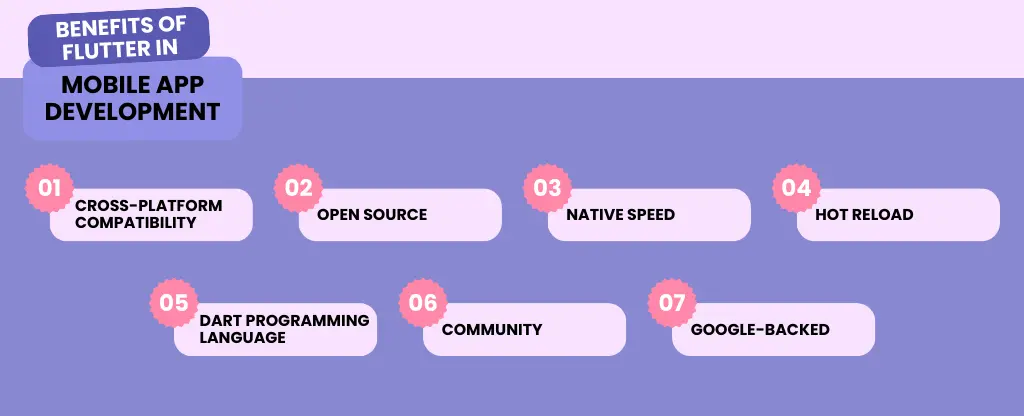
1. Cross-platform Compatibility
Flutter is a dependable, readily accessible development toolkit for cross-platform app development tools. Teams use Dart with developers aimed at various platforms for creating native apps for front-end and back-end development. For iOS and Android development, native languages like Java and Swift are available.
2. Open Source
Flutter is a toolkit available to developers at no cost since it is open-source. Every upgrade comes with it, and there are no license fees.
3. Native Speed
Flutter’s rendering engine is one of its most significant benefits. While some cross-platform applications render content using WebView or native rendering, Flutter makes the application itself rather than the system, negating the need for a bridge or context move to function between the two.
The rendering pipeline in Flutter is likewise user-friendly. Rendering engines contribute significantly to the overall quickness and adaptability of applications. Flutter is a strong choice if these things matter to you most.
4. Hot Reload
Customers can examine code changes without refreshing the application through Flutter’s hot reload feature. Even though this isn’t as beneficial now, it may still conserve time when developing.
5. Dart Programming Language
Dart is an object-oriented programming language that developers use to write code for Flutter applications.
Even though Dart is an object-oriented language, interested parties can still use it to promote a few functional code concepts.
6. Community
Since Flutter’s release in 2017, its vibrant developer community has developed over 30,000 free packages. With so much assistance available, you can always rely on it when needed.
7. Google-backed
Google supports Flutter, which makes it simpler to connect with Google’s various technologies and is readily available to developers who have become proficient in Dart or C-style syntax.
How Flutter Integrates UI/UX & Technical Specifications
Working directly with designs and design components can be made easier for developers by cross-platform development toolkits such as Flutter.
Various tools on the Flutter framework, such as layout tools, React-inspired widgets, and packages on pub. dev the Google supported repository for Flutter add-ons make it easier to recreate even the most intricate design element.
For instance, some tools convert designs from Figma or Adobe XD into Dart code snippets that designers can copy and utilize. The ability to individually control each pixel on the screen is also available to developers who wish to create custom user interface elements.
Although this feature offers them greater authority over the widgets, it additionally makes it harder to replicate certain native widgets than with other cross-platform tools. It’s also vital to remember that, despite their polish, the widgets may not accurately represent the various platforms.
Designers thinking about using Flutter for cross-platform development must balance the value of performance and complication against the need to create cross-platform apps that function just like native apps.
Because of Flutter’s single codebase and speed, developers do not need to work on various codebases. Thus, the mobile app development projects will be much simpler. Nevertheless, there is a delay between the release of the latest native feature and its actual availability on Flutter for iOS and Android.
This is a problem that affects all cross-platform tools, not just Flutter. Therefore, it’s improbable that a Flutter app will function just like a native app.
Future of Flutter
Making the right choice in Flutter app development is essential to accomplishing your mobile app development project. It’s critical to consider pertinent expertise, prompt delivery, fit for your timeframe and financing, and transparent interaction.
Spend some time assessing all of the possibilities before choosing a Flutter app development company. Think about companies like Mindster. Selecting an entity that contributes to your objectives and comprehends your company’s objectives is essential.
Mindster is a top mobile app development company that crafts solutions that meet client requirements. Please get in touch with Mindster as soon as you’re prepared to bring your app idea to life. Our outstanding Flutter app development services can help you realize your vision. Together, let’s strike up a discussion and produce something truly incredible!
- Android Development3
- Artificial Intelligence27
- Classified App3
- Custom App Development2
- Digital Transformation11
- Doctor Appointment Booking App13
- Dropshipping1
- Ecommerce Apps38
- Education Apps2
- Fintech-Apps34
- Fitness App2
- Flutter3
- Flutter Apps19
- Food Delivery App5
- Grocery App Development1
- Grocery Apps3
- Health Care7
- IoT2
- Loyalty Programs9
- Matrimony Apps1
- Microsoft1
- Mobile App Maintenance2
- Mobile Apps120
- Product Engineering4
- Progressive Web Apps1
- Saas Application2
- Shopify7
- Software Development1
- Taxi Booking Apps7
- Truck Booking App5
- UI UX Design8
- Uncategorized4
- Web App Development1









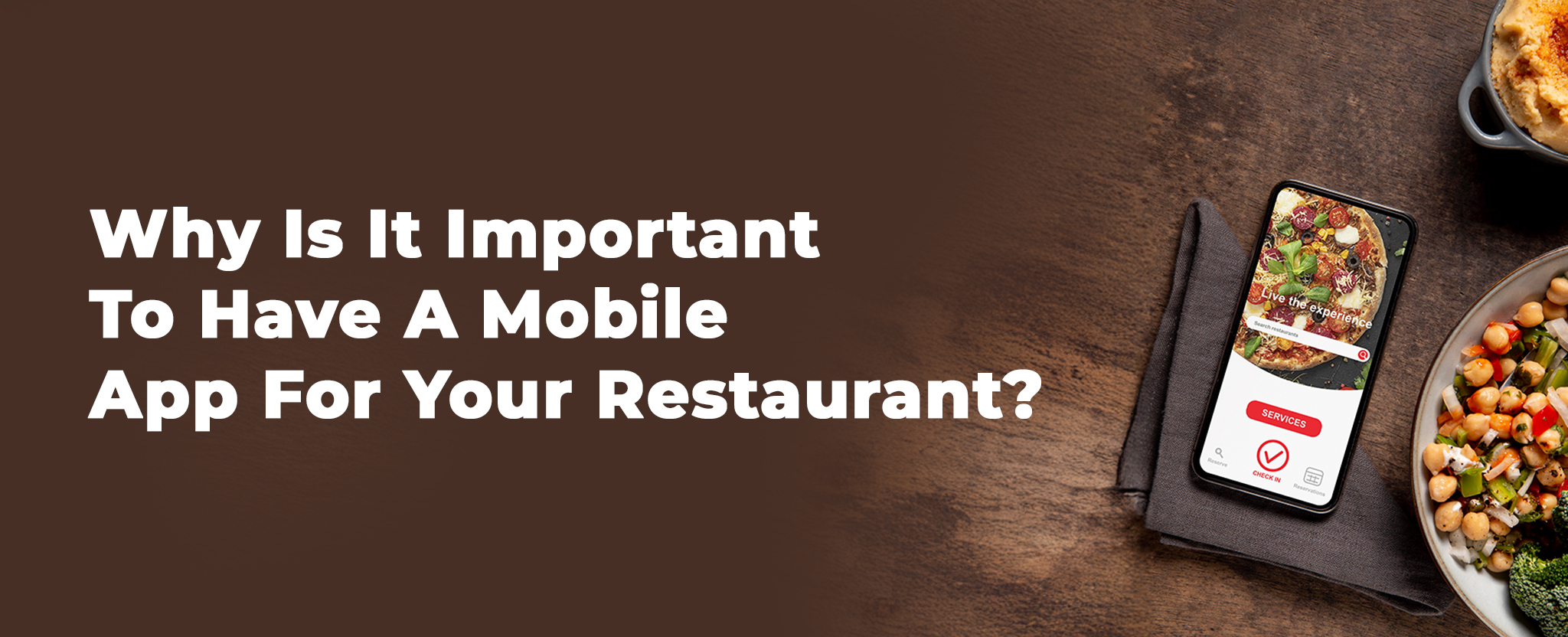
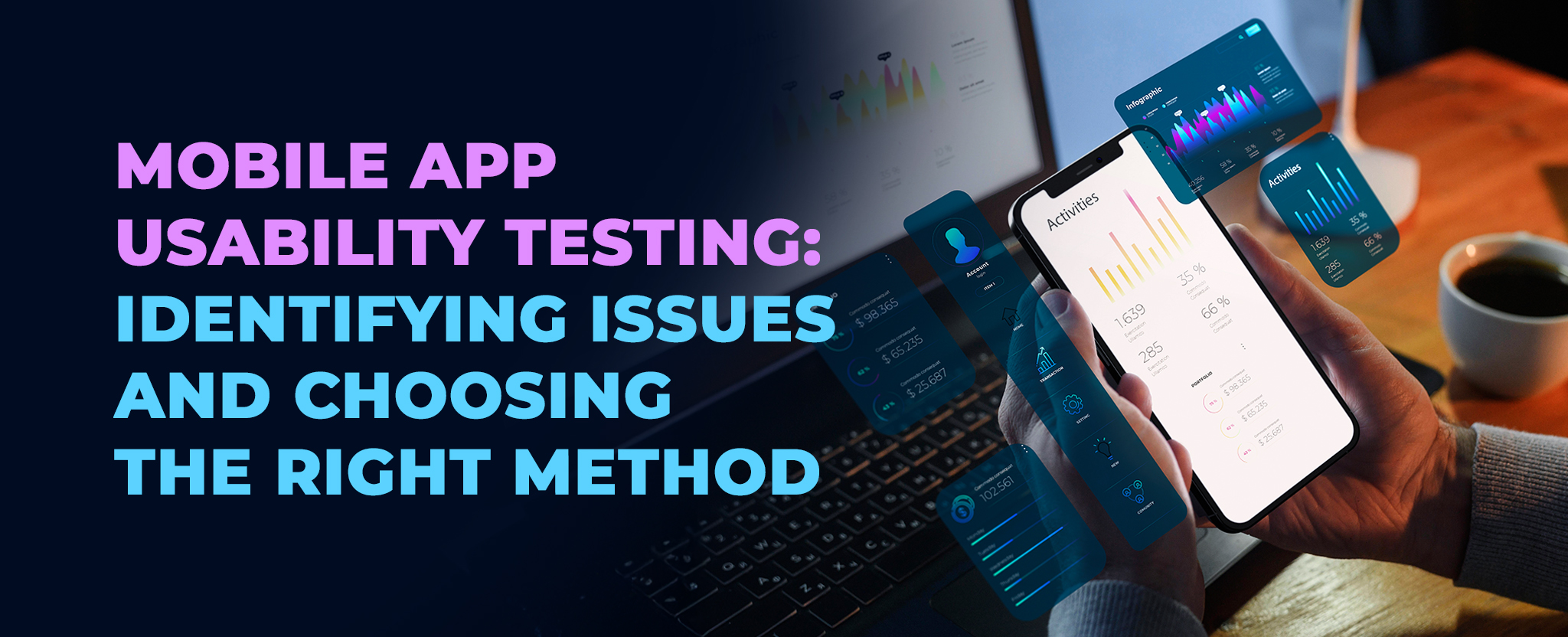
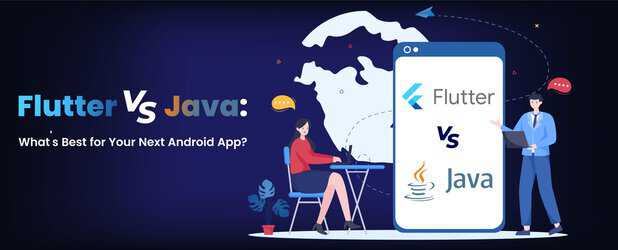







Comments